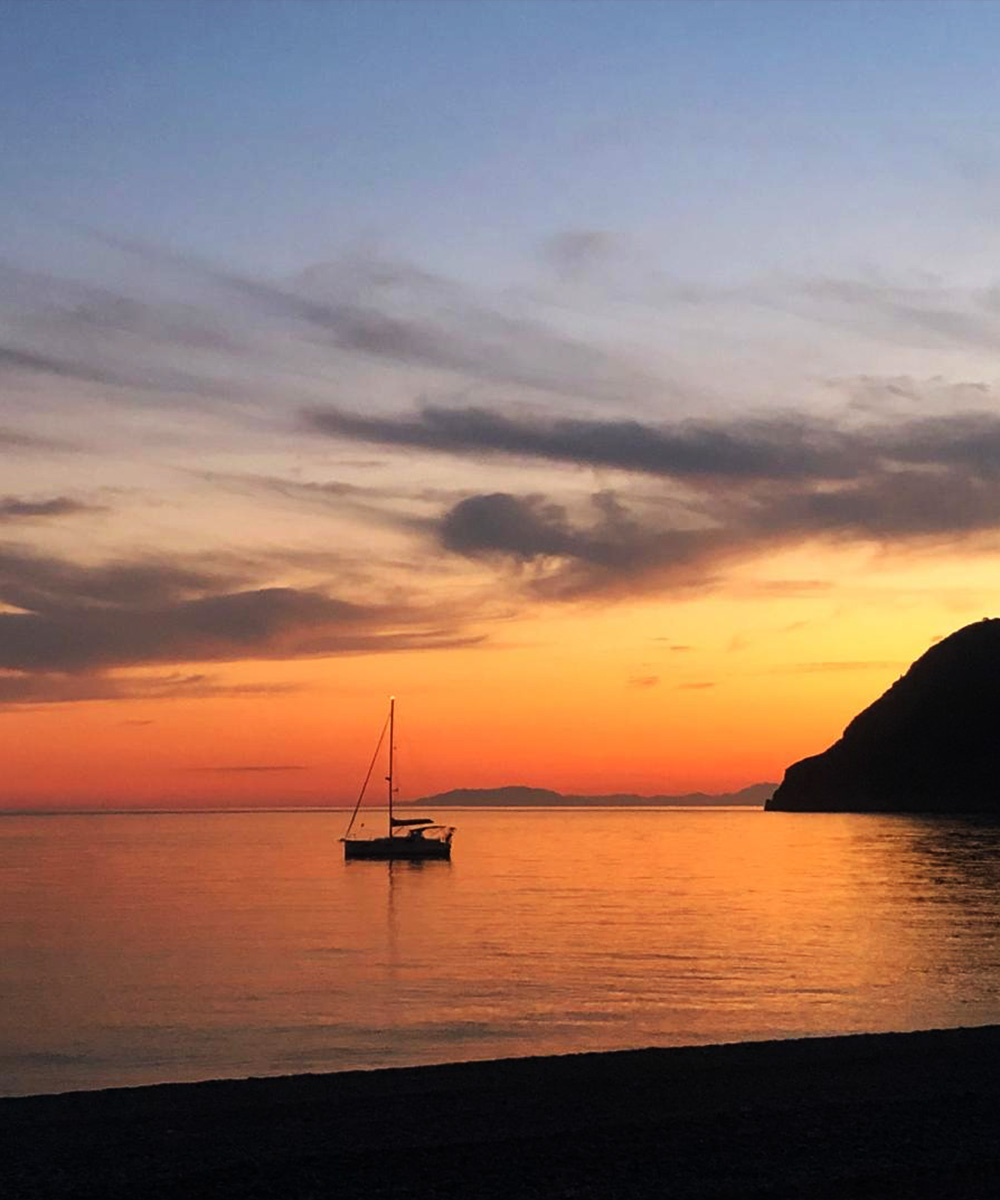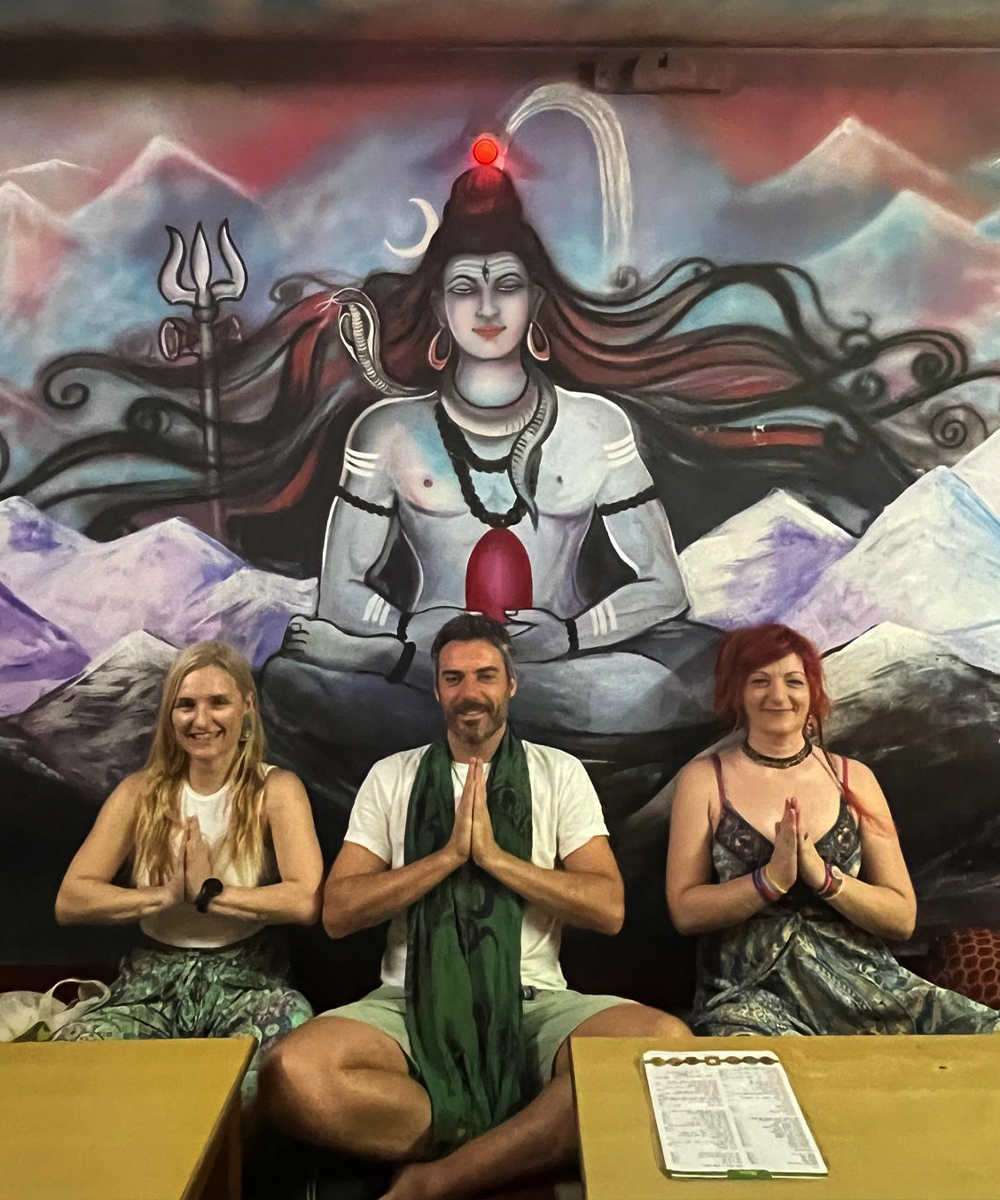Learning a new language as an adult isn’t easy — especially when you’ve convinced yourself it’ll just “happen.” I moved to Spain at 27, full of optimism, but reality quickly humbled me. What followed was a years-long journey full of classroom lessons, rural adventures, cultural surprises, and one big lesson: confidence beats perfection.
Arriving with Hope but No Clue
I landed in Barcelona in 2011 with zero Spanish and just a few distant memories of school French and German. I figured I’d absorb the language naturally by chatting with locals. Six months later? I hadn’t learned a thing.
Realising I needed help, I signed up for a summer intensive course at a local language school. It was intimidating. Other students seemed to grasp grammar concepts like pronouns and articles—terms I’d barely heard of. I felt behind from day one.
Making Progress (on Paper)
After three years and countless hours in the classroom, I eventually reached a B2 level. On paper, I was making progress—but real-life conversations still left me anxious and tongue-tied.
Immersion in the Mountains
That all changed in the summer of 2014. I took a break from work and joined a volunteer program on a rural farm outside Málaga. No one spoke English. I had no choice but to try—mistakes and all.
This was where I lost the fear of speaking. I wasn’t fluent, but I was communicating. And that was enough.
Barcelona: Stuck in the English Bubble
When I returned to Barcelona, my housemates immediately noticed an improvement in my Spanish. I felt like I’d broken through a barrier. But progress plateaued quickly.
Barcelona, for all its charm, isn’t the easiest place to practice Spanish if you’re part of the international community. English is everywhere, and between work and social life, I rarely needed Spanish. For six years, my level stayed more or less the same.
A Fresh Start in Andalusia
In 2021, I took a leap. I moved to Lentegí, a tiny mountain village in Andalusia with about 300 residents, and zero English speakers. On my first day, I heard loud voices outside. Curious, I stepped out to find a group mid-conversation. That’s just how they talked!
Over the next year, I adapted. I spoke louder to be heard (a cultural necessity, not a personality change), and I stopped worrying about grammar. People understood me, and more importantly, they welcomed me.
I hadn’t taken more classes. I just spoke. Imperfectly, confidently, consistently.
Continued Growth Through Community
I later moved to a coastal town in Andalusia, where I joined local Pilates, yoga, and CrossFit classes. These weren’t just workouts—they were language practice, community-building, and confidence boosters rolled into one.
Each interaction, no matter how small, helped my Spanish grow stronger.
The Real Secret: Use It or Lose It
Looking back, I realise the turning point wasn’t reaching B2 or memorising grammar tables. It was letting go of the fear of sounding wrong.
Fluency didn’t come from studying harder. It came from making mistakes out loud, in public, over and over—until it started to sound right.
My Advice: Make the Leap
If you’re learning a language—whether Spanish, English, or anything else—there comes a point when books and apps aren’t enough. You have to get out there and use it. Risk embarrassment. Be misunderstood. Say the wrong thing.
That’s where the real learning happens.
So now, when I coach students or candidates learning English, I tell them what I learned the hard way: at some point, you have to step out of your comfort zone and start living in the language.
Because the truth is, confidence will take you further than perfect grammar ever could.


